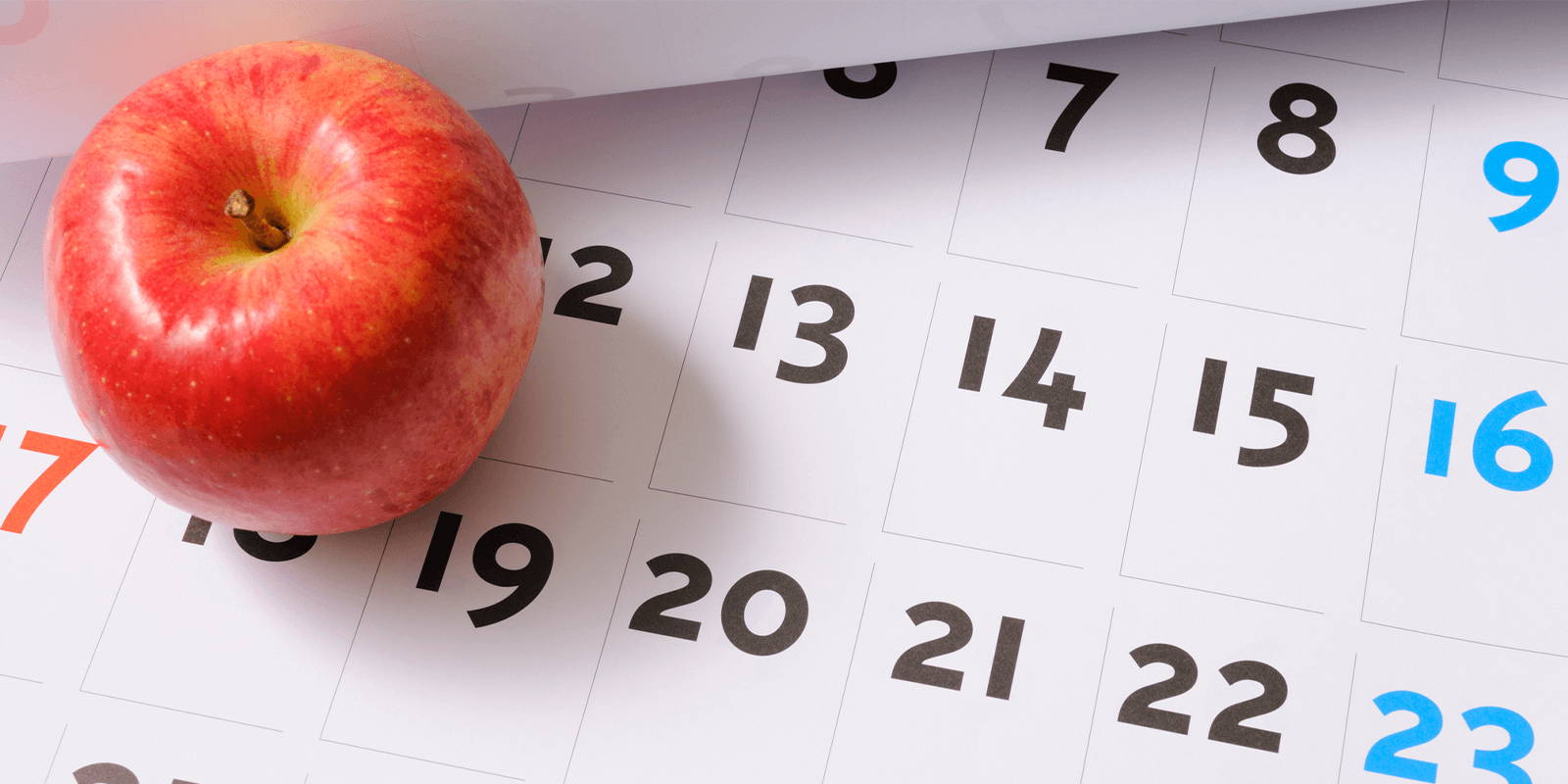4 Tips to Find Your Ripest Fresh Produce Haul
From sniffing to squishing to slapping — it seems like with every fruit and veggie comes a homegrown tactic for figuring out what’s ripe. Not only can finding the ripest fresh fruits and vegetables at the grocery store or farmers market make your meals taste restaurant-quality, you can also create a more sustainable kitchen and reduce food waste by buying, saving, and using up better produce at home!
Step up your sleuthing skills with these tips to earn a guest spot on Law and Order: Fresh Produce Unit. 🕵️♀️

Tip #1: Use your senses
Utilize your own senses to achieve the best fresh produce in your weekly haul and pick up on clues that can lead you to the freshest of the bunch.
When scanning the fresh fruits and vegetables, keep an eye out for any visual turn-offs like yellow spots on cucumbers, or other signs of aging or bruising — and wrinkling is always a bad sign, but especially in eggplants. You can also pick up on other sensory cues. Water-heavy produce (like cucumbers, eggplants, and watermelons) should feel a little hefty and have little to no smell.
But don’t discriminate! There’s a big difference between good produce and pretty produce. Make sure what you pick has no suspicious smells or spots, but a few cosmetic lumps and bumps are nothing to worry about.

Tip #2: Know what’s in store
Avoid the usual suspects of degrading produce like water, temperature, and light to make your grocery haul for the week rock solid. Ensure your fresh produce lasts longer by learning how to store certain fruits and veggies. The easiest way is to think of your refrigerator as a hard stop on the ripening process. Strawberries, cucumbers, and corn all stop ripening after picking — so sticking them in the fridge would preserve their freshness longer. On the other hand, tomatoes, avocados, bananas, and pears continue to ripen after they are picked, and enjoy sitting on the room-temp counter to achieve their peak taste. Fall and winter roots like butternut squash, parsnips, and pumpkin can handle room-temp as well, as long as they’re stored somewhere away from sunlight.

Tip #3: Treat with TLC
Some fresh produce just can’t be roughed up! When you prematurely wash certain fruits and vegetables, it can lead to bruising or rotting. Avoid these mistakes by knowing how produce responds to certain activities. For example, raspberries, blueberries, and grapes should be washed immediately before use and not ahead of time due to their thin skin that reacts more sensitively to water — leading to premature molding and a shortening shelf life. However lettuce, melons, and bell peppers can be washed ahead of time without a threat of decomposition.

Ever buy a few fruits and veggies that are all equally ripe, only for them to go bad at very different rates when you get home? Avoid moldy fruit and veggies by learning the certain types of produce that stays ripe after picking. Nectarines, peaches, and apricots all ripen after they are picked, so finding them in various stages of ripeness at the store or farmers market means you will always have a fresh one at hand. However strawberries, cherries, and grapes stop ripening as soon as they’re picked, so look for non-bruised, fully red ones and enjoy them as soon as possible.
Starting with the right produce is the first step to creating better dishes and reducing food waste in your kitchen! Have produce that is already on its way out? There’s plenty of tools to give it a second life, including composting. Whatever the reason you want to include better produce in your life — our tips are the perfect place to start!
Get more lifestyle inspo + tips from the ZENB community! Check out our recipe library with 100+ dishes to satisfy every craving. Follow us @zenb_life Facebook and Instagram to stay in the know on the latest tips, tricks, and fun facts you need to live a more veggie-filled, balanced life.




